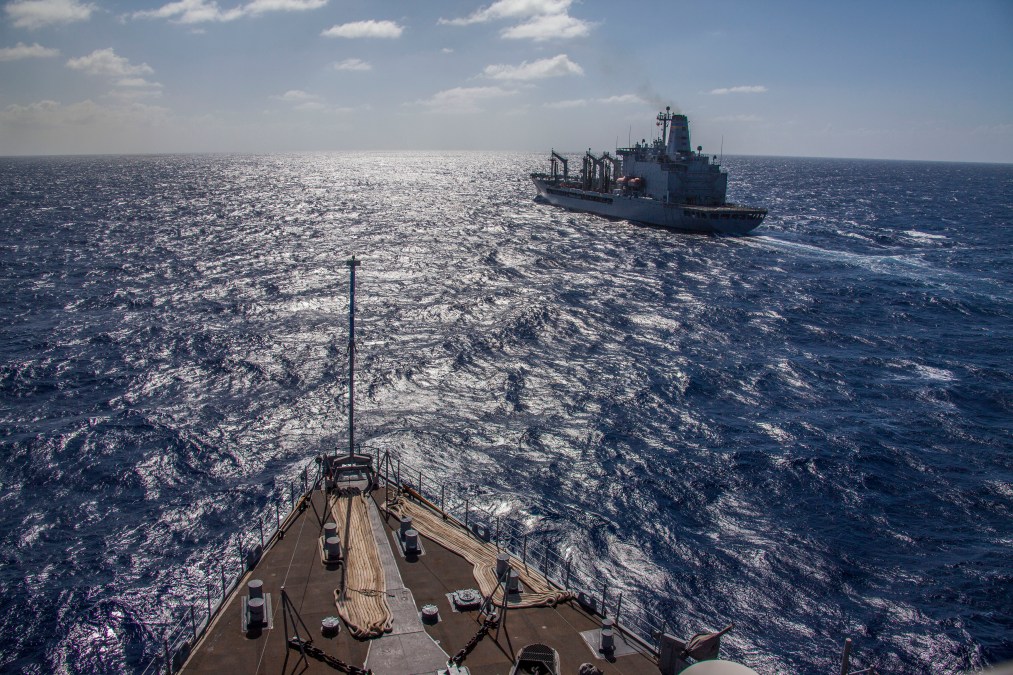How the Navy beat its own timeline for its largest cloud migration

The Department of the Navy recently migrated its Enterprise Resource Planning (ERP) program to the cloud in only 8 months —10 months fewer than its initial estimate.
How? The Navy cut its migration in half by reducing the number of external reviews and check-ins, having the financial resources and political backing from top leadership, and using edge-cloud systems to handle the migration of terabytes of data, helping the program office move to Amazon Web Service servers in just over half a year, Edward Quick, the Navy’s program manager for enterprise business solutions, said Tuesday.
“We did not only overcome — we did so at an expedited timeline,” Quick said during a virtual keynote for the AWS Public Sector Summit. He added that it was the largest cloud migration the Navy has done to date.
Navy leadership recently called on the new cloud-based system to help track the health of its supply chain as the coronavirus pandemic shut down its suppliers. With defense contractors either folding under economic woes or being shuttered temporarily due to stay at home orders, the Navy used data from the ERP to make sure it could continue to purchase equipment and services to carry out its mission.
“This impacts us in many different ways,” James “Hondo” Geurts said in April. “This data knowledge lets us make smart, adaptive decisions.”
The data tracks everything from financial transactions to shipments for more than 700,000 users worldwide, Quick said. He added that the system overall has data on more than 70 billion transactions, a number he expects to double in the coming years.
With all that data, the Navy can now pull advanced analytic reports on things like the health of supply chains or on payments in four hours, when similar reviews used to take more than 20 hours on legacy systems.
“This will help continue to enhance the systems of our force,” Quick said.
Now the service is working on generating a general ledger for this data, something new to the Navy.
“This migration to the cloud has given us the resiliency that we needed,” Quick said.






